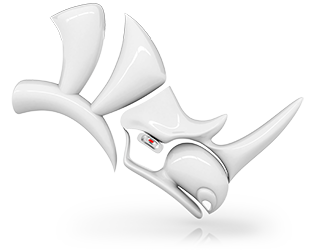With the ability to create vector drawings from your 3D models, set widths, tapers and caps to your line styles, learn how to optimize your print settings to obtain high quality illustrations in Rhino. This applies to both PDF and physical prints.
Setting the Print Width
The printed line width in Rhino can be set:
-
By layer
-
By object property
-
By linetype definition (Rhino 8 or newer)
The Print Width on the object property can be set by layer to use the layer’s print width setting. Or set to a print widths that will then override any print width that is set on the layer.
Overrides
Be aware of overrides.
-
Print Width can be overridden in the Print dialog
-
Print Width by layer be set differently when printing from the Model or from a Layout/Detail.
Width in the Linetype
Rhino 8 and later allow the width to be set in the linetype definition.
Screen Captures
Use Pixel width.
Printing to PDF or Physical Printer
You can set Print Width on the layer, object property. or Linetype with Model Unit.
Here is the logic for how width is determined when printing:
-
If the linetype that an object uses has its thickness set to pixels then the print width value is used
-
If the linetype that an object uses has its thickness set to a physical width, then the linetype width is used
-
Print width and linetype for an object follow all the same rules as other properties like color or material.
-
They default to being “By Layer” where the layer defines these properties. Objects can change this to being “By Object” where the object ignores the layer setting and has its own overrides.

